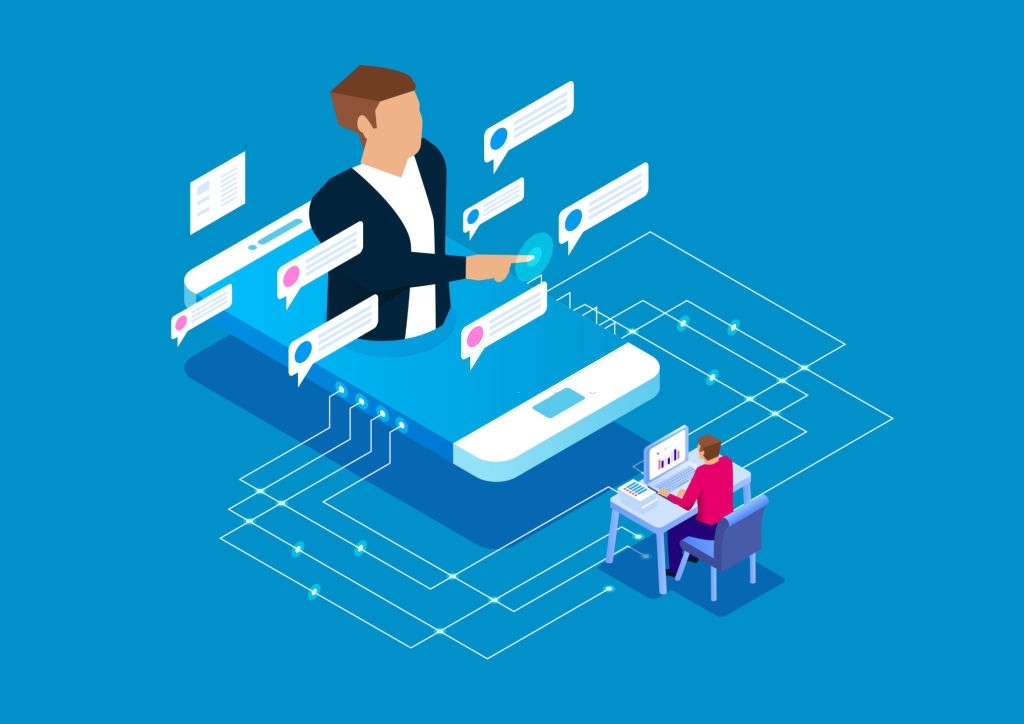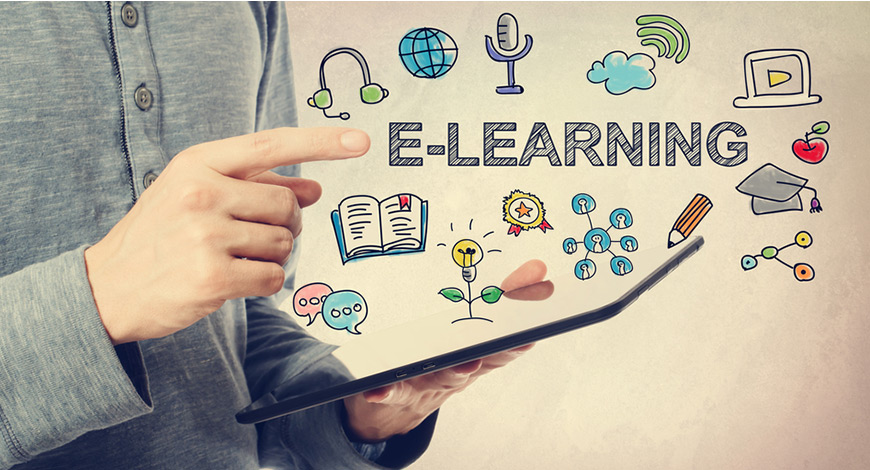
Libraries play an important part in the overall academic development of students. However, in schools and colleges, it is a headache for the librarian to manage books, journals, issue library cards, stack, categorize books, etc.
The increasing advancement of cutting-edge technologies such as cloud, mobile, digital, and analytics have transformed the way libraries operate in schools and colleges. In other words, the school library is made effective in a single click via the best School Management System. With the smart use of your library management software, you can study, conduct research, and access information to have a real classroom experience.
Without proper management of the library, the traditional heritage of knowledge, valuable informative resources can be destroyed. Henceforth, proper management is a sign of academic achievement.
1. Library dashboard
The Library dashboard is the place where you can see a wide range of information about your library’s operations at a glance. In other words, you need to take advantage of the data visualization capability to gain insights and make data-driven decisions to make your library better. Smart School manages library stocks, inventories, conduct book queue requests, monitor issuing & returning of books etc to name just a few.
We suggest you add the below reports to show on your dashboard.
2. Book Shelving
Shelving books is one of the most common routines in any library. Applying the right procedures for the shelving is very important for the long-term retention of library resources. Certainly, the Dewey Decimal System is a good practice used by many schools and colleges to organize books in their libraries. Let it be old or fragile books, no matter. Keep it upright!
The most basic thing you need is to have call numbers on all book spines so that you can identify the book category and location easily. Shelving however ensures easy identification of books, and is a one-stop storage solution.
Issuing a library card is really simple if your library management system is integrated with your student database. If a new student requires a library card, we just have to map the student details to the Library card module which includes name, address and contact information. Automatically, the unique library card of the ward is generated in the library module without human intervention. With the library card number, the librarian can track
The system ensures that the school library is managed efficiently and effectively.
4. Clearing dues
Is it possible for a librarian to track when a student or staff borrows a book? This is the salient feature of a proper library management system where you can have instant access to availability of books. However, what happens if another student too is also holding them too long? This is the area where you need to have a proper fine management system in place. Fines are necessary to ensure that books are accessible to library users when they need them.
Whenever a student borrows books from the library, the system can track the due date and send reminders to the borrowers if not returned. With the help of School Management System, fines are generated when the student fails to return after the due date. In addition, library staff get to know the student details who have outstanding dues. This helps library admin to follow and collect payments accordingly so that you can avoid piling up fines.
5. Budget allocation
Last but not the least, it is important to allocate funding for resources that the library needs to function effectively. However, there are several areas where libraries allocate their budget. This includes purchase & maintenance of hardwares, preserving existing collections of books, purchasing new journals/ books, staff salaries, staff training & development, funds for building maintenance & security, and other miscellaneous expenses.
Henceforth, it is necessary to understand library goals and allocate budget accordingly. Library management system have all that you desire.
If you would like to know more about managing your school/college library with your ERP, feel free to contact us. We are glad to help!




